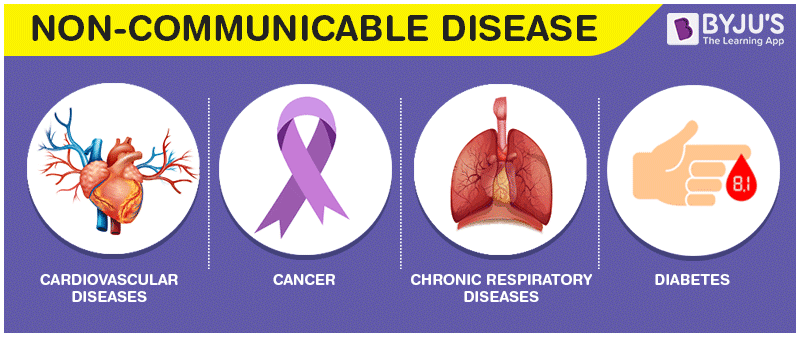Non-communicable diseases are defined as cardiovascular diseases, diabetes, cancer, and chronic respiratory diseases are leading causes of death globally. However, the distribution and prevalence of these diseases vary significantly between high-income countries (HICs) and low- and middle-income countries (LMICs), shaped by factors like lifestyle, healthcare access, and economic development.
African Partnership for Chronic Disease Research
These Noncommunicable diseases (NCDs), are also known as chronic diseases, and they are one of the major challenges for health in rich countries. Our NCD study concerns the four major NCDs :
- cardiovascular (heart) disease
- cancer
- diabetes
- chronic respiratory diseases
Also oral diseases, that are linked to the four most prominent NCDs.
Oral diseases are among the most common and preventable NCDs worldwide, and they are generally related to the same risk factors associated with over 100 NCDs.
Oral diseases and other NCDs share modifiable risk factors, including tobacco use, harmful use of alcohol and unhealthy diets, as well as the same socioeconomic determinants.
NCD Prevalence in High-Income Countries
- Characteristics:
- HICs historically have had higher prevalence rates of NCDs due to longer life expectancies and lifestyle-related factors.
- Diets rich in ultra-processed foods, high in sugars, fats, and sodium, combined with sedentary lifestyles, contribute to obesity, Type 2 diabetes, and cardiovascular diseases.
- Advanced healthcare systems result in better diagnostic capabilities, which may increase reported cases.
- Trends:
- Mortality rates from NCDs are declining in many HICs due to effective public health interventions, early detection, and advanced medical treatments.
- Prevention programs targeting smoking cessation, dietary changes, and physical activity have reduced risk factors in many populations.
NCD Prevalence in Low- and Middle-Income Countries
- Characteristics:
- LMICs are experiencing a rapid increase in NCD prevalence due to economic growth, urbanization, and lifestyle shifts.
- The traditional diets, which were lower in processed foods, are being replaced with energy-dense, nutrient-poor diets.
- Tobacco use and exposure to environmental pollutants are significant contributors.
- Trends:
- Nearly 80% of NCD deaths occur in LMICs, with a disproportionate impact on working-age adults.
- Limited access to healthcare and delayed diagnoses exacerbate the burden of these diseases.
Comparing Risk Factors Between HICs and LMICs
| Risk Factor | High-Income Countries | Low- and Middle-Income Countries |
|---|---|---|
| Diet | High in processed foods and sugar | Transitioning to processed diets |
| Physical Activity | Low due to sedentary lifestyles | Declining due to urbanization |
| Tobacco Use | Declining due to strict regulations | Higher prevalence, fewer regulatory controls |
| Healthcare Access | Advanced and accessible | Limited and often unaffordable |
Addressing NCDs Globally
- Prevention and Policy:
- HICs focus on maintaining their progress through policy-driven interventions such as sugar taxes and public awareness campaigns.
- LMICs need urgent investments in prevention and control strategies, including education and regulation of unhealthy products.
- Equity in Healthcare:
- Access to essential diagnostics, medications, and preventive care must be improved in LMICs to reduce the disproportionate NCD burden.
- Global Collaboration:
- Sharing best practices and resources between HICs and LMICs can help accelerate progress in combating NCDs.
While HICs historically reported higher prevalence rates of NCDs, the burden is rapidly shifting to LMICs due to economic and lifestyle transitions. Addressing this growing crisis requires coordinated global action focusing on prevention, early detection, and equitable healthcare access.

